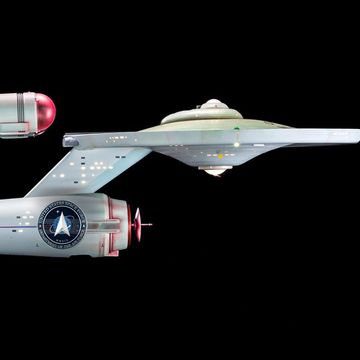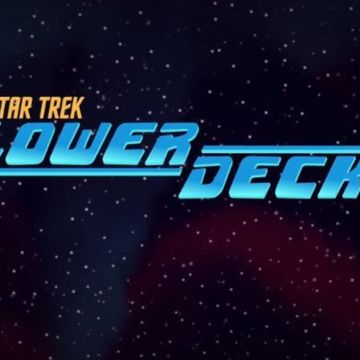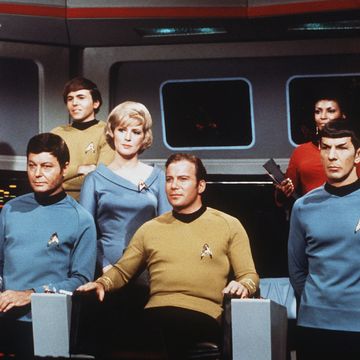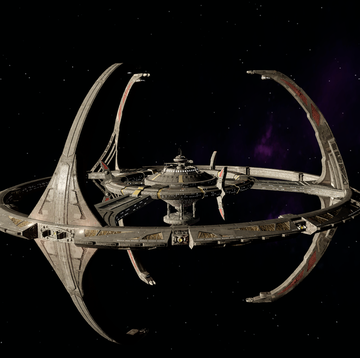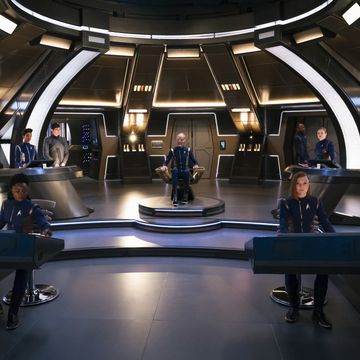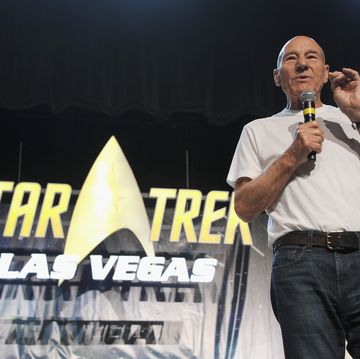We may not have developed the transporter or the warp drive yet, but Qualcomm wants to make sure that at least we'll be able to diagnose our disappointment with the future in a Star Trek way. The American telecom and chipmaking company has just announced the final 10 competitors vying for their $10 million Qualcomm Tricorder XPRIZE, a contest in which each team is trying to create a working version of the medical tricorder, the Star Trek universe's all-in-one handheld hospital.
That's right. You read that correctly. We're building a tricorder.
RELATED: The 50 Greatest Sci-Fi TV Shows Ever.
To win the prize, a wireless handheld tricorder must not only continuously screen five of the patient's vital signs (temperature, blood pressure, heart rate/variability, respiration, and oxygen saturation) but also diagnose more than a dozen illnesses, such as HIV, whooping cough, and osteoporosis, on the spot. It's a hell of a task, and there are a lot of ideas about how to do it.
RELATED: The XPRIZE's Peter Diamandis, the Techo-Optimist.
Although all the would-be tricorders are still in development, here's a snapshot:
Take, for example, the Slovenian team MESI's modular interpretation of the tricorder (above). The MESI team is building a smartphone app that synchs to a medical-grade wristband, and, for spot diagnoses, comes with various accoutrements to test hearing and sight and to analyze blood and urine. While it might not immediately remind you of Bones' all-in-one tool, it's certainly a fascinating take on the challenge. And I think we can agree… separating the wristband from the urine container was definitely a good idea.
Meanwhile, Massachusetts based team DMI's concept, which has recently received funding from NASA and the NIH, looks a bit more like what you'd expect. DMI's tricorder has the ability, proven by a series of parabolic flight, to work in microgravity and up to near double Earth's gravity. Handy, you might imagine, for when your artificial gravity turns off, or if you need to double it down to fend off Gorn attackers.
Now if only we could find someone to put down $10 million for a phaser competition.



